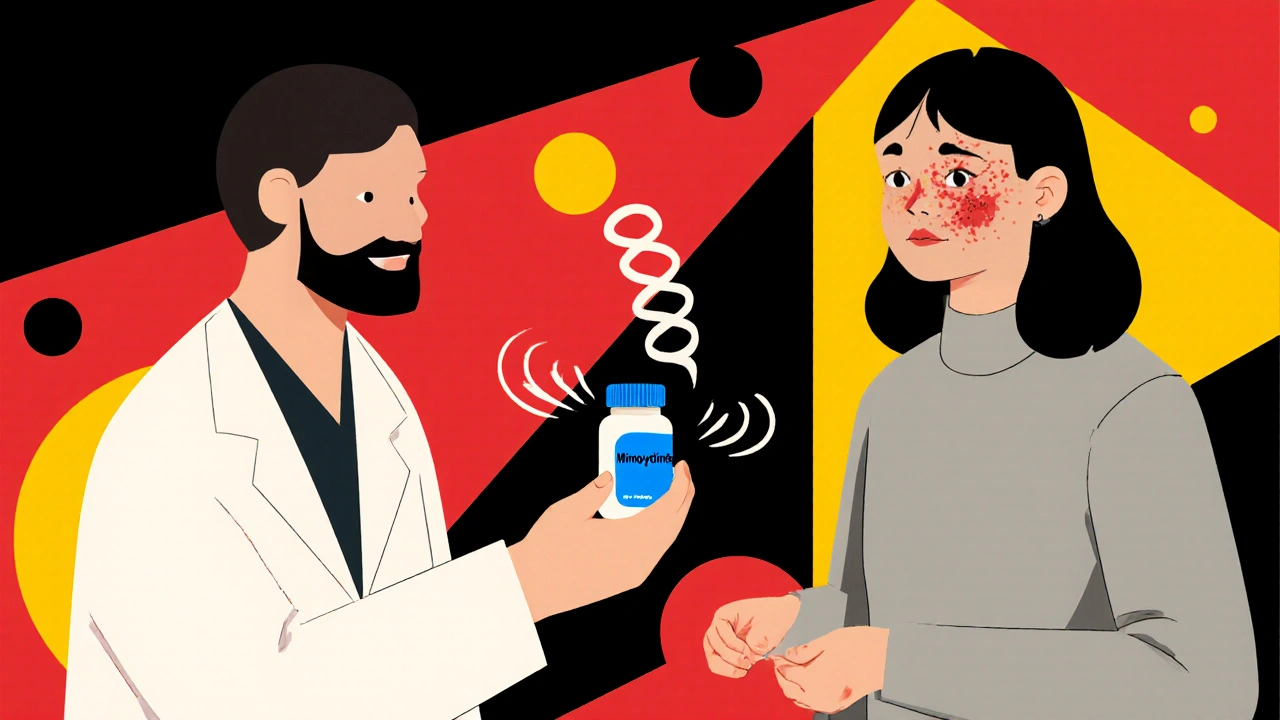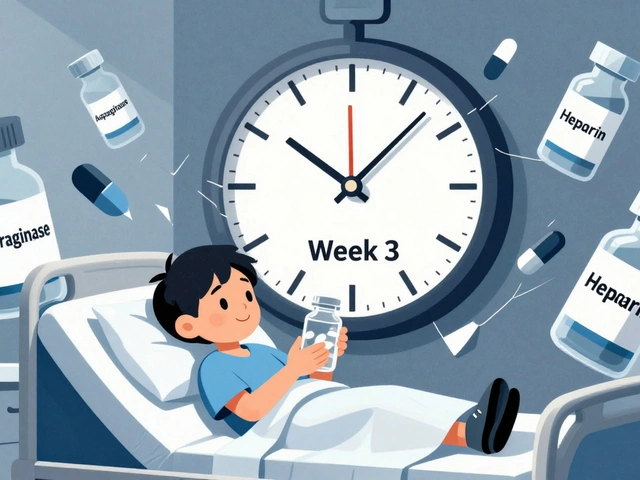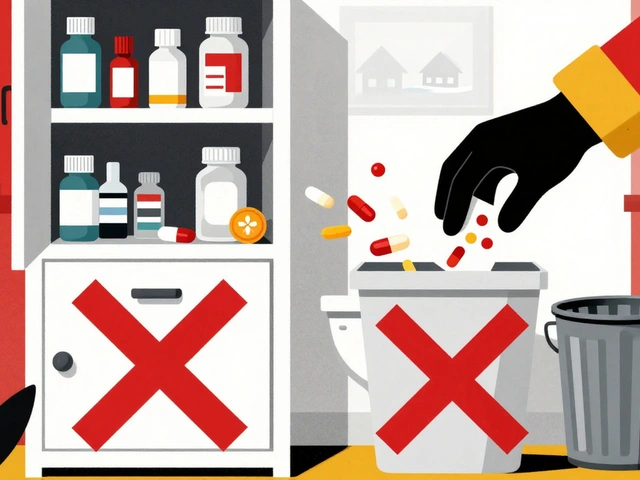Antibiotics for Acne: What Works, What Doesn’t, and What You Need to Know
When it comes to treating antibiotics for acne, oral or topical drugs used to kill bacteria and reduce skin inflammation. Also known as acne antibiotics, they’ve been a go-to for decades—but their role is changing fast. Not all acne is the same, and not all antibiotics are created equal. Some work well short-term, but many doctors now avoid them unless absolutely necessary because of growing antibiotic resistance, the process where bacteria evolve to survive drug exposure, making treatments less effective. This isn’t just a hospital problem—it’s happening on your face.
There are two main types: oral antibiotics, pills like doxycycline, minocycline, and tetracycline that work systemically, and topical antibiotics, gels and creams like clindamycin or erythromycin applied directly to the skin. Oral ones are stronger and faster, often used for moderate to severe acne with lots of inflamed bumps. Topical ones are milder, usually paired with benzoyl peroxide to cut down on resistance. But here’s the catch: neither fixes the root cause—clogged pores, excess oil, or hormonal triggers. They just quiet the bacterial noise. That’s why most people end up cycling off antibiotics and needing other tools like retinoids or hormonal therapy.
What you won’t find in most ads is how often antibiotics fail long-term. Studies show up to half of patients stop responding within a year. Worse, long-term use can mess with your gut microbiome, trigger yeast infections, or even make your skin more sensitive. That’s why smart treatment now means using antibiotics as a bridge—not a permanent fix. You need to pair them with things that actually clear pores, like adapalene or azelaic acid. And you need to plan your exit strategy from day one.
The posts below cut through the noise. You’ll find real comparisons of the most common acne antibiotics, what side effects to watch for, how they stack up against non-antibiotic options, and why some people get lucky while others see zero results. No fluff. No marketing. Just what the science says—and what your dermatologist might not have time to tell you.

Minocycline vs Alternatives: Detailed Comparison of Benefits, Risks & Costs
A comprehensive comparison of Minocycline (Minomycin) with common antibiotic alternatives, covering effectiveness, side effects, costs, and when to switch.
read more




